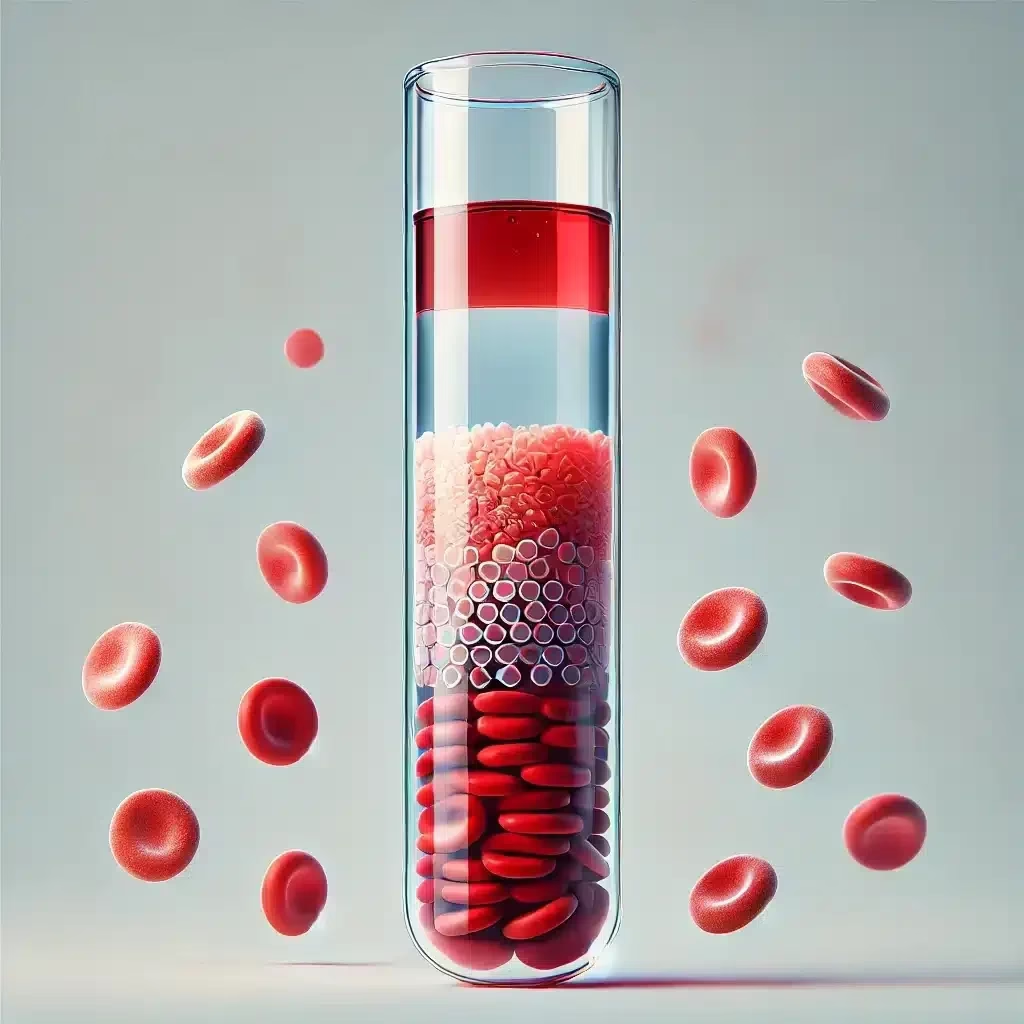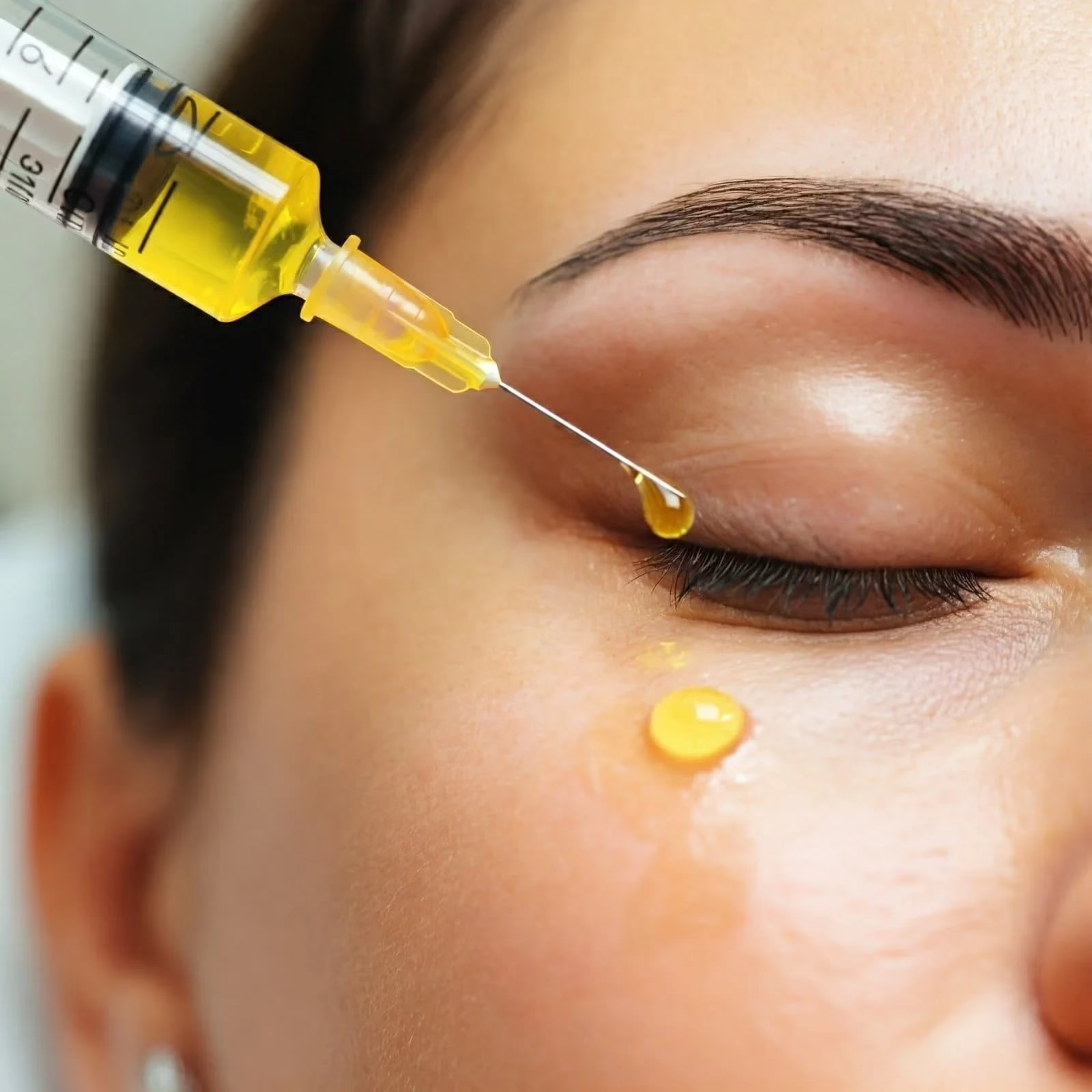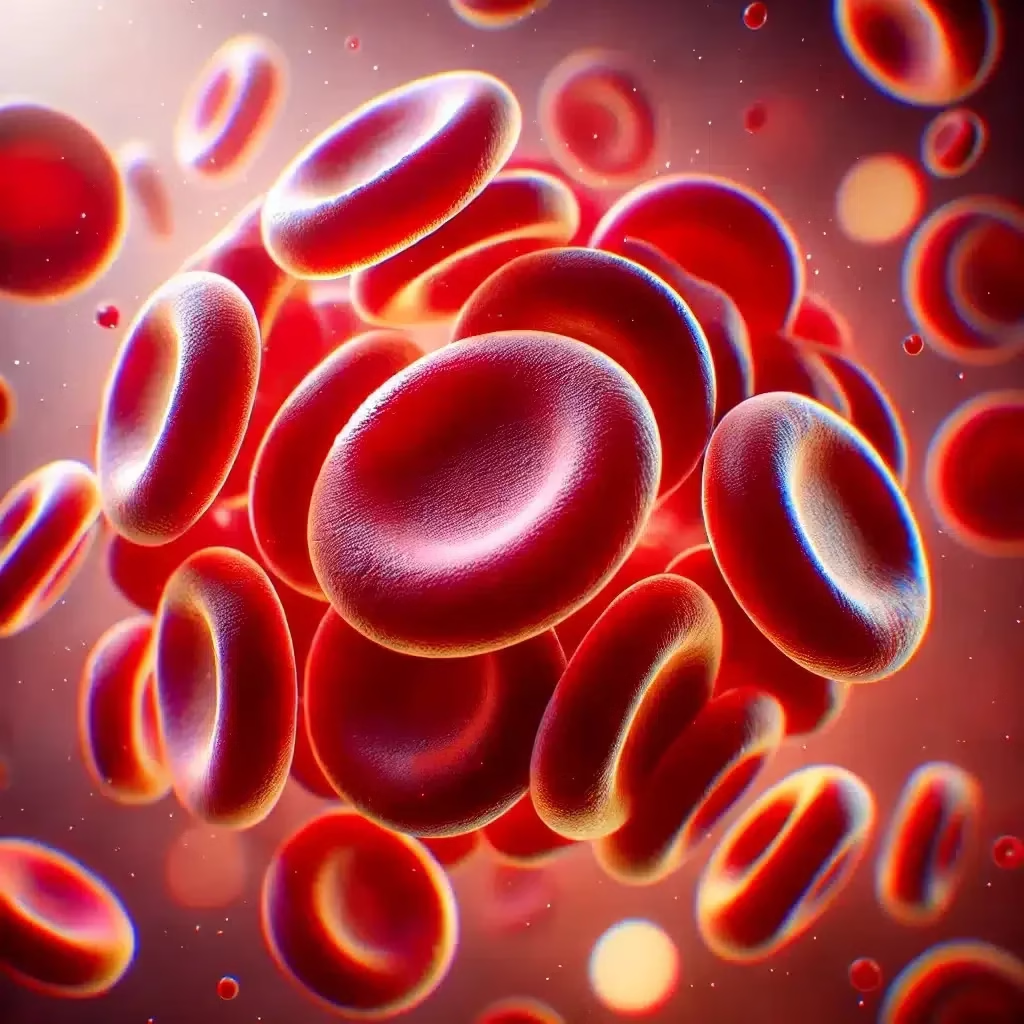PRP Treatment for Skin and Face Rejuvenation
PRP Treatment is a cutting-edge, minimally invasive treatment that leverages the body’s natural healing abilities to rejuvenate the skin. PRP involves drawing a small amount of the patient’s blood, which is then processed in a centrifuge to separate the platelet-rich plasma. This plasma, abundant in growth factors, is injected back into the skin, stimulating collagen production. The result of PRP Treatment is improved skin texture, tone, and elasticity, effectively reducing fine lines, wrinkles, and scarring.
PRF for Skin and Face Rejuvenation
Platelet-rich fibrin (PRF) is an advanced variation of PRP Treatment, offering a more refined approach to skin rejuvenation. Like PRP, PRF uses the patient’s blood, but it is spun slower, preserving a higher concentration of platelets, leukocytes, and stem cells within a fibrin matrix. This matrix allows for a slower release of growth factors, leading to longer-lasting effects and enhanced skin regeneration. PRF is particularly valued for its natural, sustained results in reducing signs of ageing, including wrinkles and scars.






